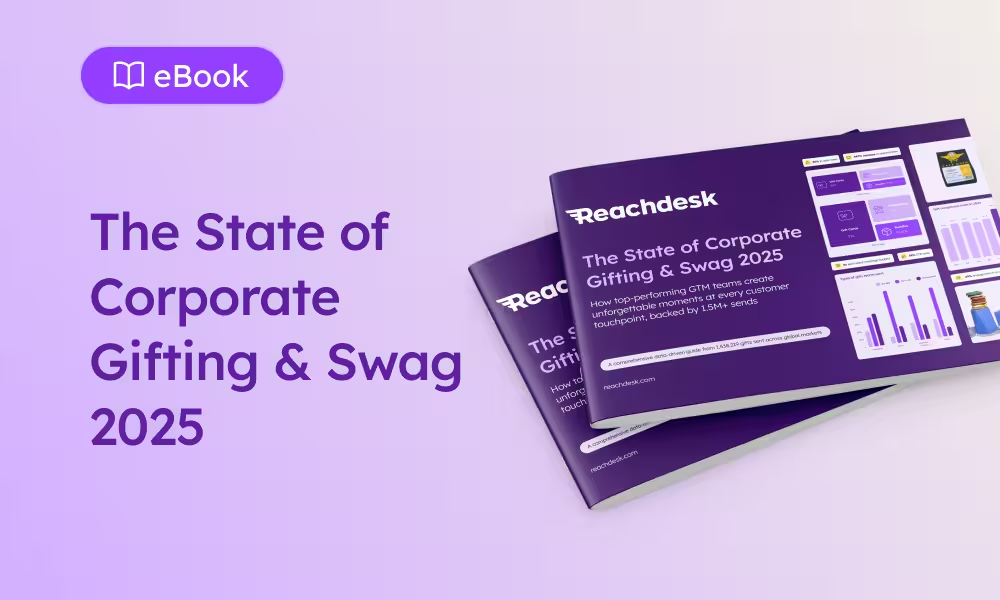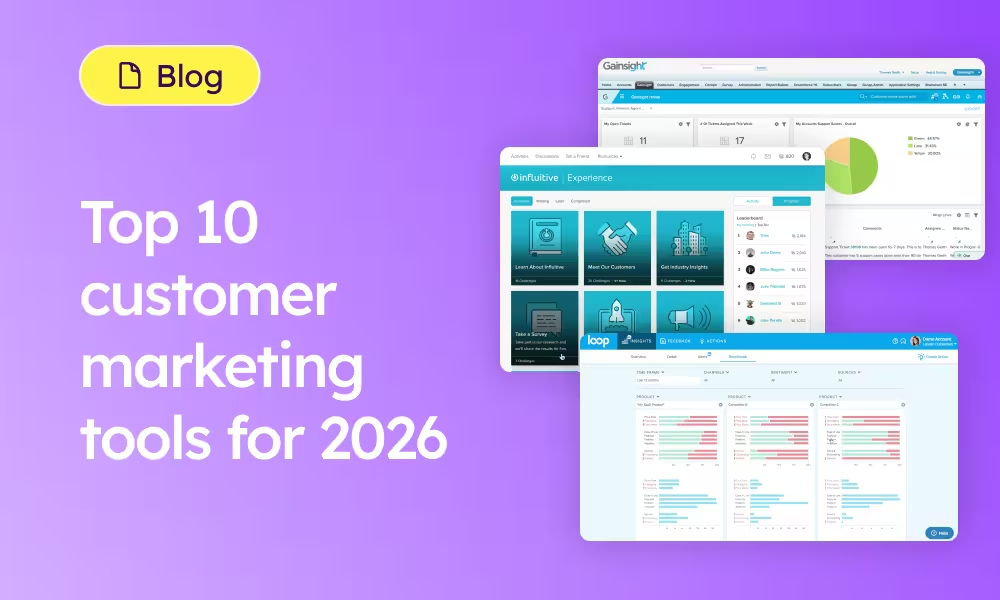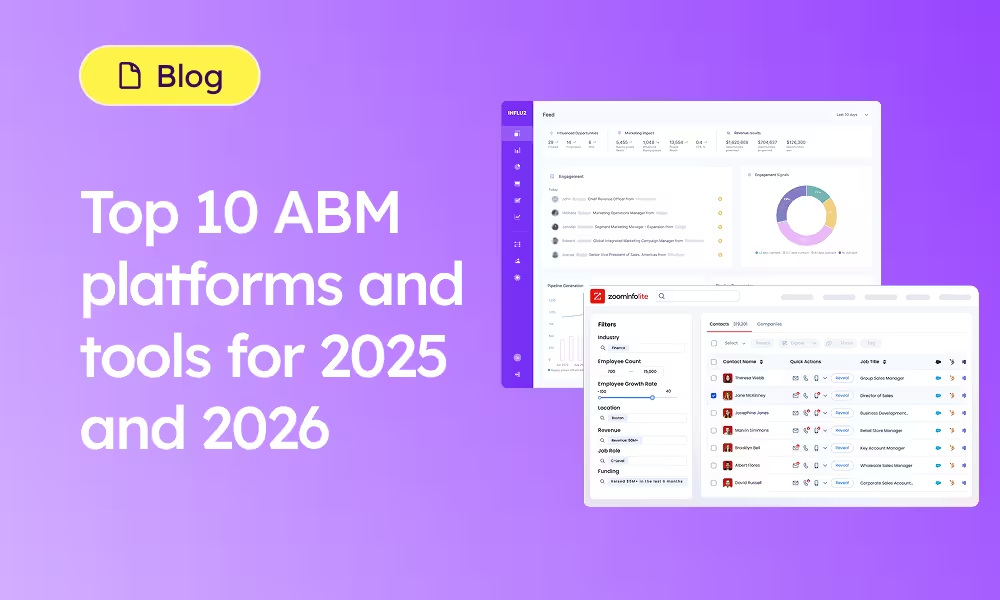One powerful platform for ROI-driven corporate gifting, swag, and engagement at scale.
Seasonal direct mail campaigns can pack a serious punch for B2B sales and marketing pros. Whether used to boost demand generation, surprise and delight existing customers or even start the year with a bang, seasonal campaigns can cut through the noise and drive big results if planned carefully.
Here are some ways to give your January direct mail campaigns a health kick, turn Valentine’s Day mailer themes into something your customers love and achieve Olympic-sized record-breaking response rates.
1. Agree on goals
Running a direct mail campaign without setting goals is like throwing a Hail Mary on the first down and in the wrong direction. Common goals include driving net new leads to your website, increasing attendance to your next event, nurturing opportunities that have gone cold or perhaps cross-selling one of your latest products to existing customers. You might simply be building brand awareness in a new territory. Set your goals first and agree on them internally before you start.
2. Define your audience
Now you know what the goal is, this part should be easy. Don’t just chop a list from your CRM though! Speak to your sales and CS team and include top priority contacts and accounts. Even better, let them send the mailer or gift themselves with a personalised message. Consider sending to multiple stakeholders within an account so you can multi thread based on your personas. On average it takes 6-8 stakeholders in a B2B transaction so make sure you get buy in all round.
3. Set your budget
Direct mail and gifting campaigns don't have to be expensive, but at the same time, don’t scrimp and come across as cheapskates. The average price of a corporate gift in 2019 was $50. This might seem punchy so consider having different tiers based on the personas you’re sending to and their seniority. Don’t forget to include postage, particularly if you’re sending internationally as the cost increases depending on where you are sending from. Response rates on personalised direct mail can be up to 30 times higher than email so the send is worth the spend if you’re targeting the right person at the right time with the right message.
4. Create a theme
Most seasonal campaigns surround a wider theme to increase engagement. The time of year can be what makes the difference, so think about leveraging sporting events, holiday periods and one-off events to create a higher level of engagement. You might have your own theme that links to your value proposition or a new product release. Everything that goes into the mailer can now link nicely to your theme so that the element of surprise (and delight) is used to the max. Here are some key events in the calendar to help you with your theme:
January - Veganuary
February - Valentines Day
March - St Patrick's Day
April - Easter
May - Cinco de Mayo
June - Summer Solstice
July - The Olympics
August - Summer Holidays
September - Back To School
October - Halloween
November - Black Friday
December - Christmas
.avif)
5. Go shopping
This is the fun part - buying the inventory to include within your campaign. Cheap gimmicks, stress balls, generic content and pointless swag that don’t add value or match your theme won’t move the needle and can annoy the eco conscious buyer. Get creative and include items your recipients will enjoy, inventory or content that educates, gifts that link to your theme, notes that add value or at least get recipients thinking about your value proposition. Consider using eco friendly products and packaging - they help save the Amazon (rainforest).
6. Refine your messaging
This is your opportunity to create a real hook. Often it’s the message that differentiates you and not the gift itself. Pun alert - think about who you are “addressing”. Puns themselves can work well. Find the wordsmiths in your company. There’s often one person who has some great one liners. They’re probably in your marketing team; but don’t stop there. Speak to Sales and Customer Success as they are the ones communicating with your customers on a daily basis and might have some useful feedback.
This is your chance to get creative and turn your message into something that resonates with the recipient. Unlike digital channels, your message is certain to reach your prospect so make it count. Remember to personalise your message and include a strong CTA based on the objectives you set at step one.
7. Map out digital channel and offline activity
Direct mail is not a silver bullet. To get the most from your campaign it’s essential to map out the activity surrounding a DM campaign. The best results and response rates are achieved by sending one-to-one personalised direct mailers and gifts from individuals as it allows them to create a genuine relationship. Consider empowering your SDRs, Sales Reps and CSMs rather than sending on behalf of the company. Your buyers want to buy from a human. The most important part is the follow up so make sure you time this right. Think about how you can leverage website, email, social, content, events and video to create a holistic experience. Relevant content reflecting your campaign can be sent via email and social channels in a timely manner. Reps can follow up immediately and engage with compelling conversation, as soon as mailers land.
8. Track and measure success
Finally, your campaign is complete and you’re now assessing the ROI. Or are you?… It’s now possible to link up the physical channel to your CRM, Marketing Automation and Sales Engagement Platforms so you can measure what matters. You should be looking into metrics such as response rates, opportunity pipeline generated, deal velocity increase, meetings booked, CAC reduction, retention rates and upsell value.
Conclusion
Now you’ve got a basic framework to work with, go and get creative. Use surprise and delight methods and cut through the noise in a creative way.
If seasonal campaigns are on your agenda and you’re worried about the time it will take to source, pack, send, track and measure then get in touch to find out how you can get sending in a matter of minutes, here.






.jpeg)



